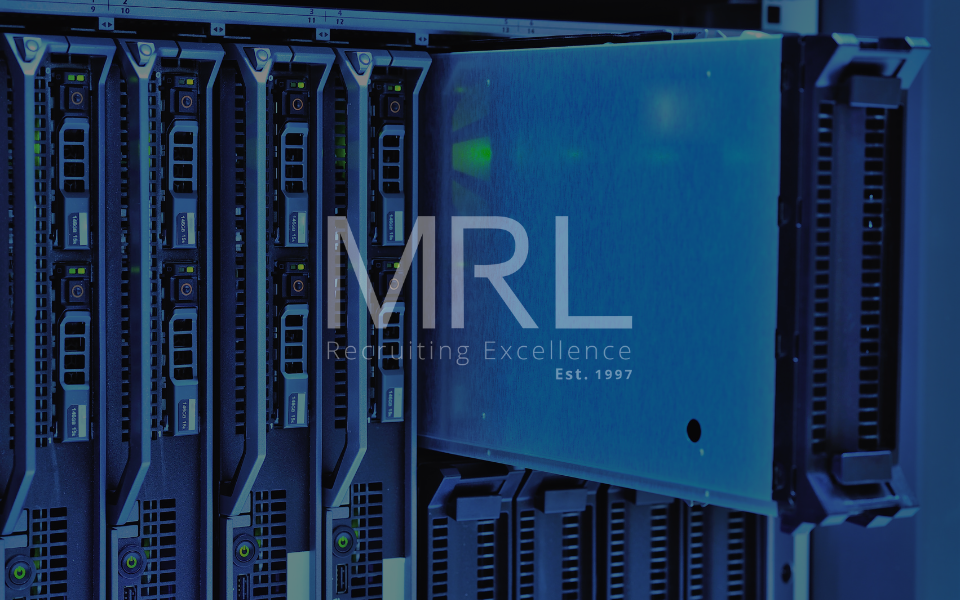Top Emerging Trends in Data Centre Technology for 2024
26 Nov, 20245 minsData centres have been around since the 1940s, but in recent years they have begun to evolve...

Data centres have been around since the 1940s, but in recent years they have begun to evolve. In 2024, we’ve seen a glut of new processes and emerging trends, changing the way in which data centres operate. So, what is having the most impact on the current climate?
The Top Five Technologies Changing the Way Data Centres Work
Edge computing
In essence, edge computing refers to an on-site data centre. Built as part of a distributed edge computing infrastructure, it enables data to be processed more closely to end users. This carries a couple of key benefits. Firstly, it’s faster. It reduces the distance information needs to travel, and therefore makes it quicker to access. Secondly, that reduced distance decreases the potential for security and privacy breaches. Thirdly, with edge computing, businesses can benefit from improved bandwidth utilisation, helping to ensure a smoother flow of data.
Liquid cooling
Although talked about a lot in 2023, liquid cooling really came into its own this year. With the global energy crisis, there has been an emphasis on energy reduction across all sectors of industry. In data centres, one of the most energy-hungry processes has traditionally been the cooling of computer processor units (CPUs) and graphics processing units (GPUs). Liquid cooling is much more energy efficient than conventional air cooling processes because water conducts heat much faster than air. This allows components to run more quickly and more quietly, conserving energy. As an added bonus, liquid cooling allows for the excess heat to be redirected. Which means that it can be used for other purposes, including commercial heating.
Artificial intelligence and machine learning
Artificial intelligence (AI) and machine learning (ML) have been rapidly rolled out across sectors during the last couple of years, so there’s little surprise that they’re impacting data centres. And these technologies are being used in a number of different ways. From enhancing security and leveraging an improved customer experience to optimising resource and workload management. However, the flip side to that is that data centres are faced with having to find innovative new solutions to better manage their energy consumption to ensure that they have the capacity to power their AI and ML solutions.
Green data centres
Sustainability is an increasing concern globally. So, it’s integral that industries with high energy and resource consumption play their part in tackling the problem. Hence the emergence of green data centres. Environmental, Social, and Governance (ESG) strategies are being implemented across the data centre sector. And as part of that, we’re seeing more renewable energy, reduced emissions, and the onboarding of more energy-efficient technologies. Data centres are projected to account for up to 4% of global electricity consumption by 2030. So, the formation of green data centres remains very much a work in progress.
Grid modernisation
As data centres are being increasingly relied upon to do more, the need for grid modernisation is becoming more pressing. Data centres need to be more secure, more resilient, more environmentally friendly, and faster. Consequently, grid modernisation is becoming a point of hyper-focus for many in the industry.
In 2024, we’ve seen the focus of data centres change. Demand continues to grow, but alongside the imperative to improve performance, we have seen a growing emphasis on security and sustainability. As we move into 2025 and beyond, these are likely to remain important priorities for everyone working within the industry.
Find out more about UK and overseas data centre industry job vacancies with MRL.





